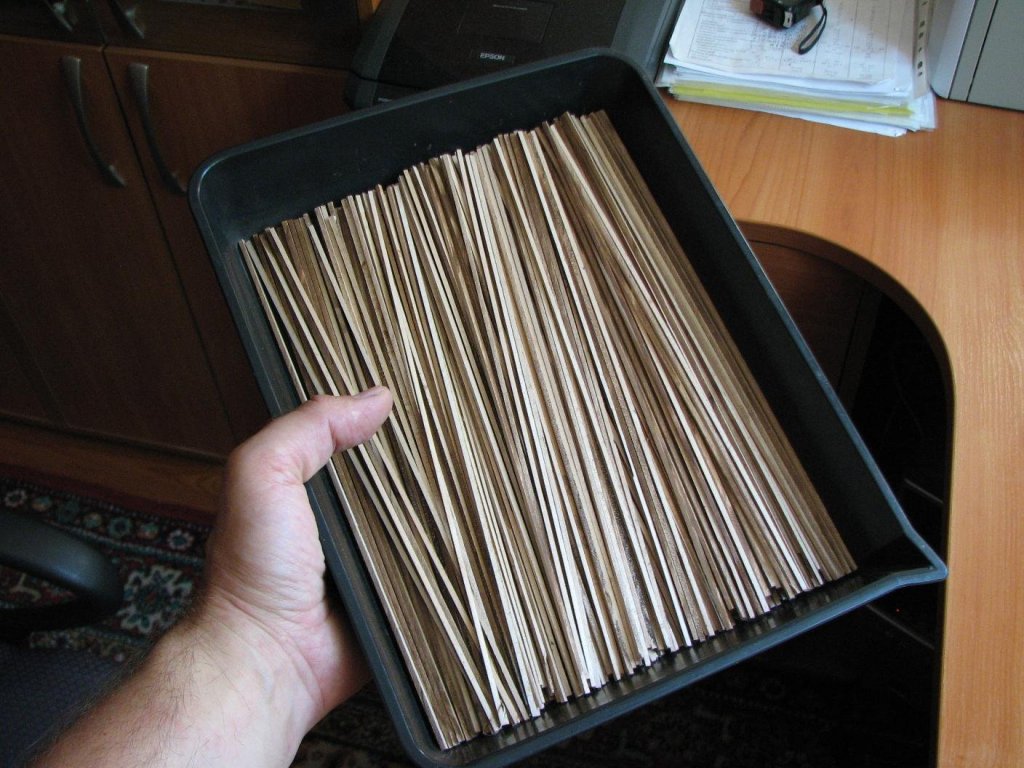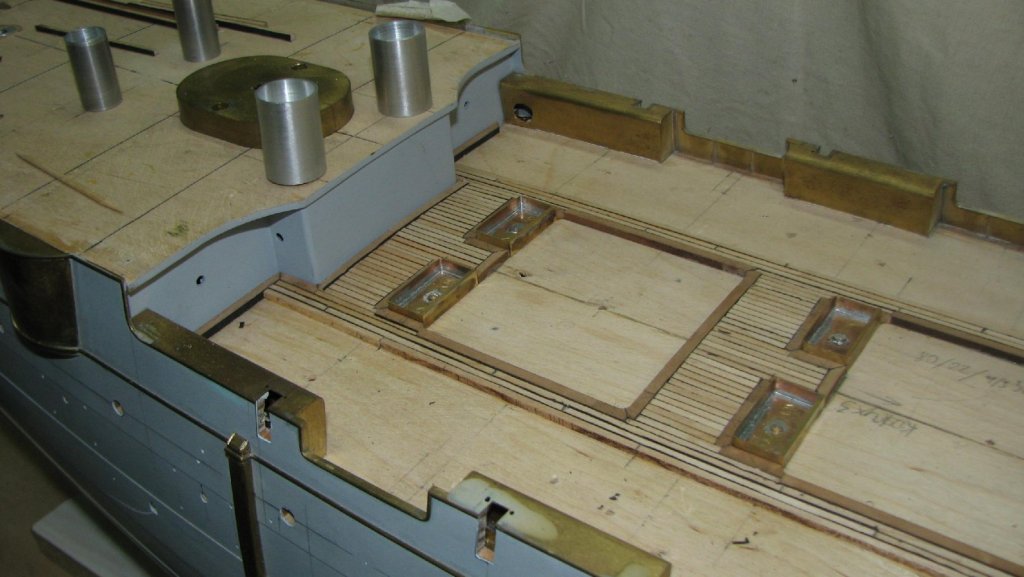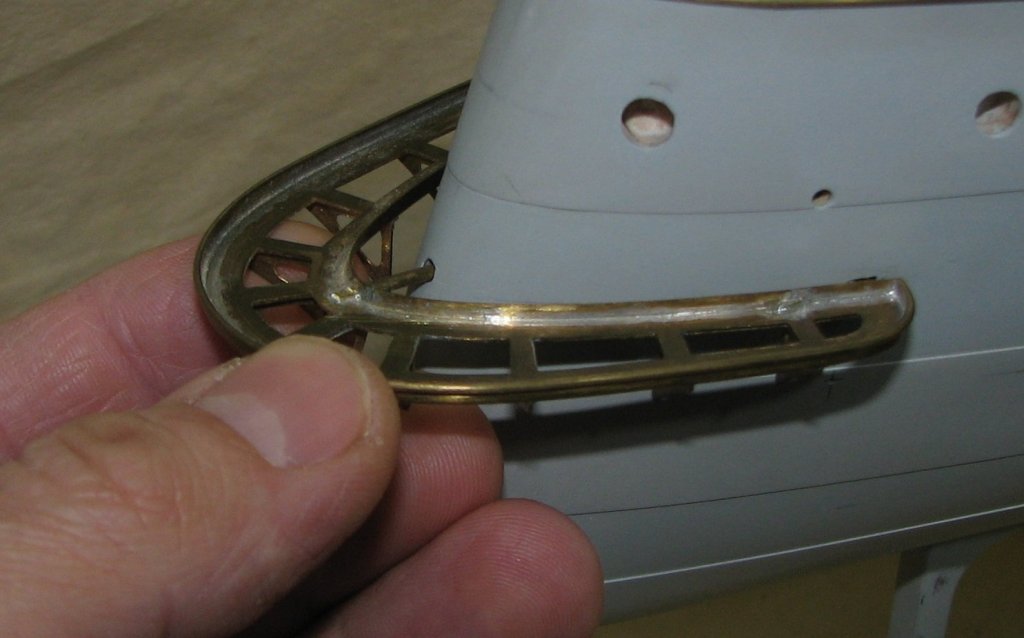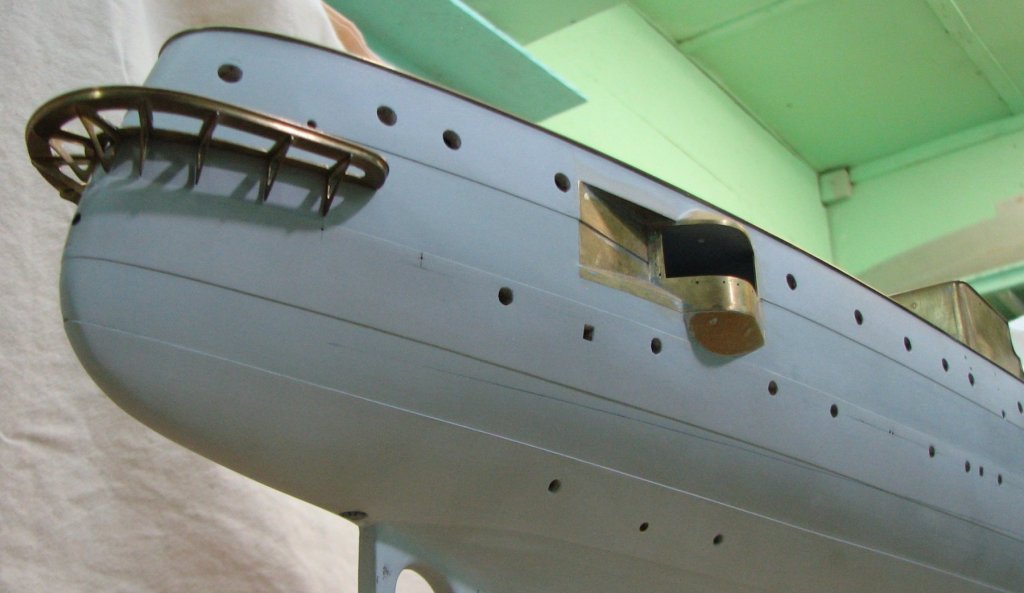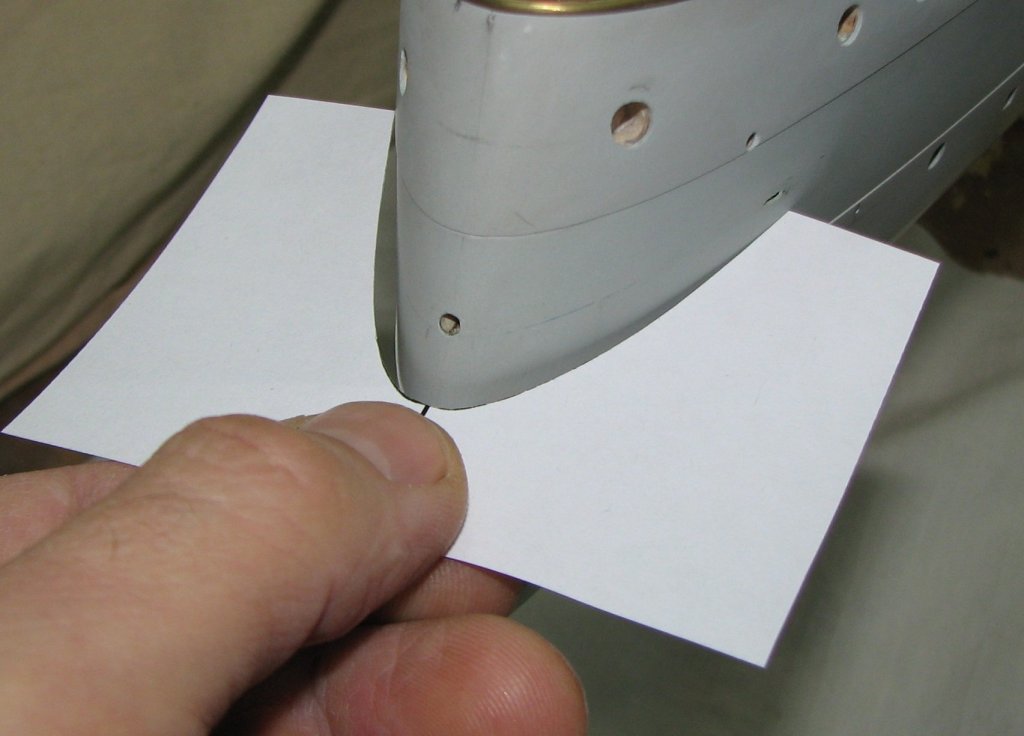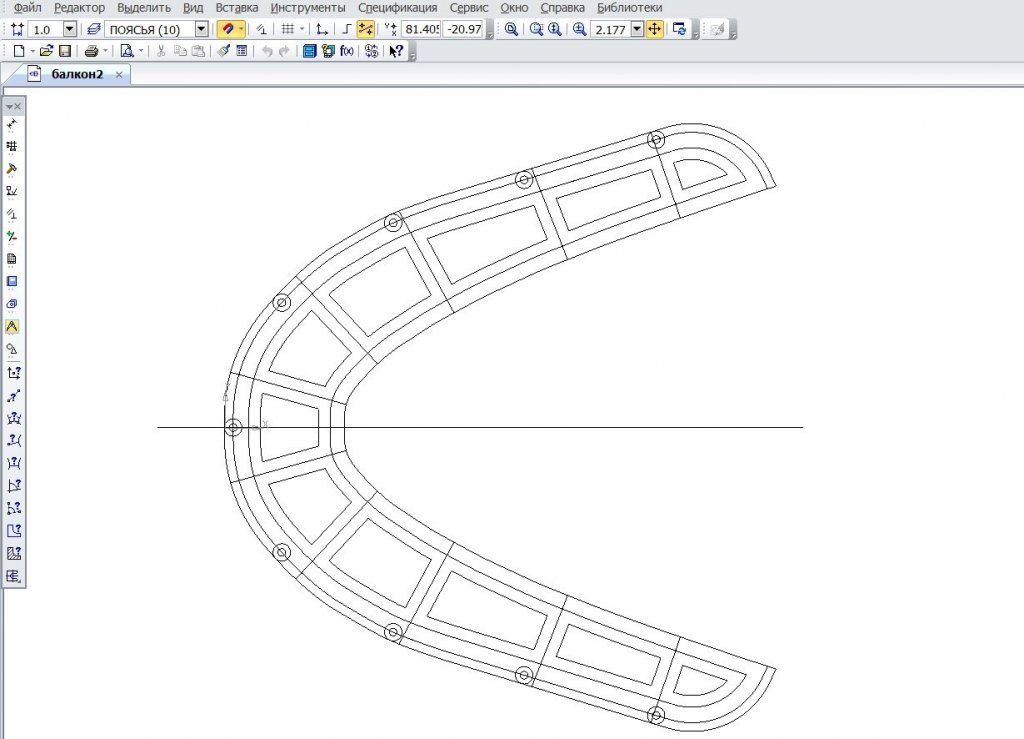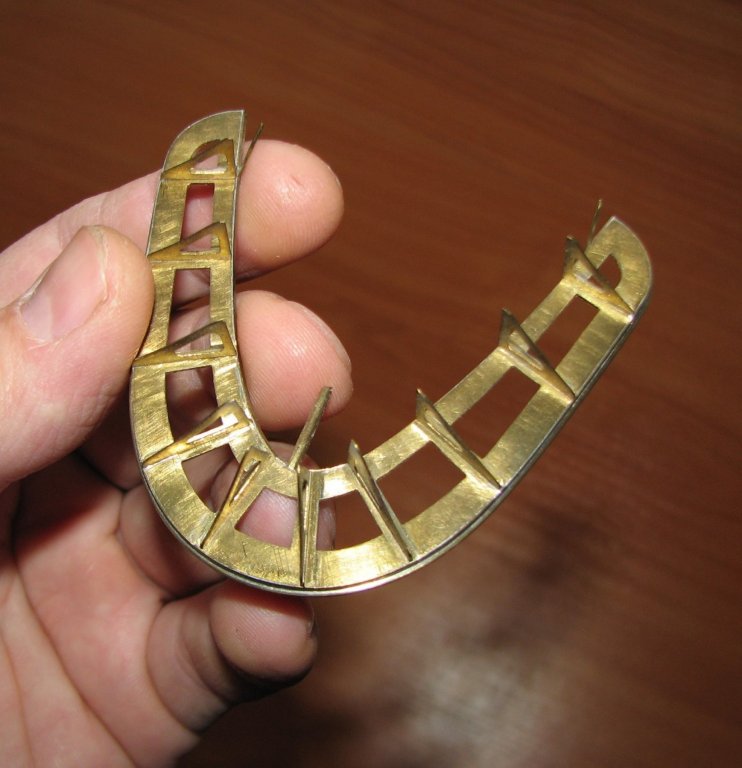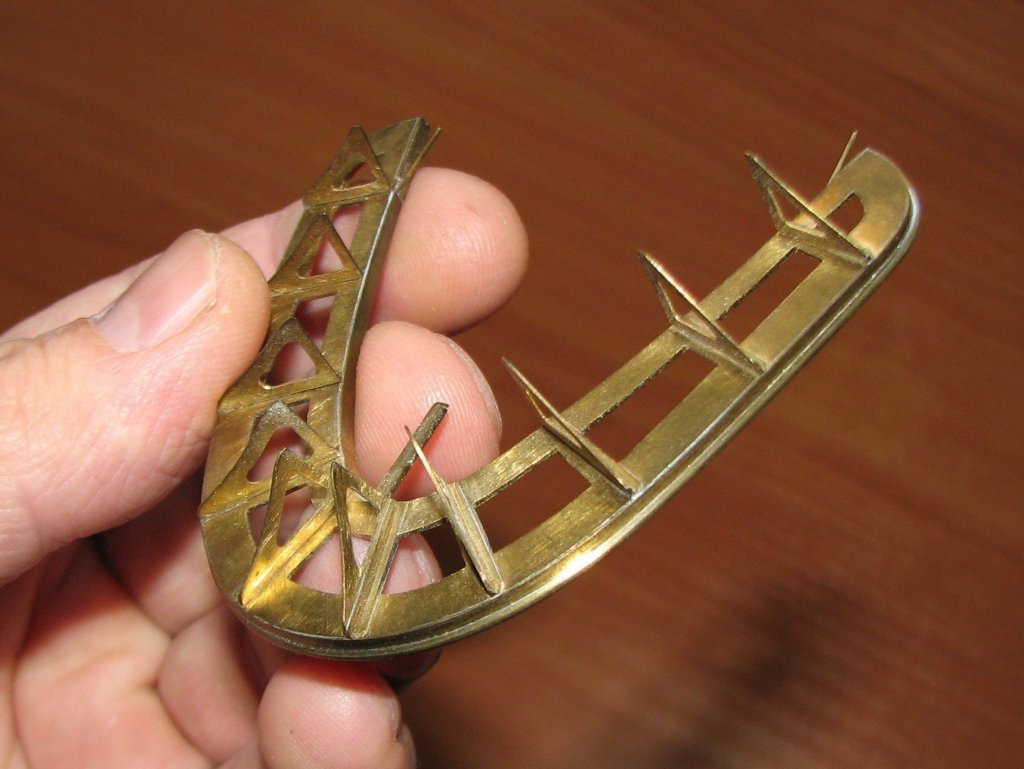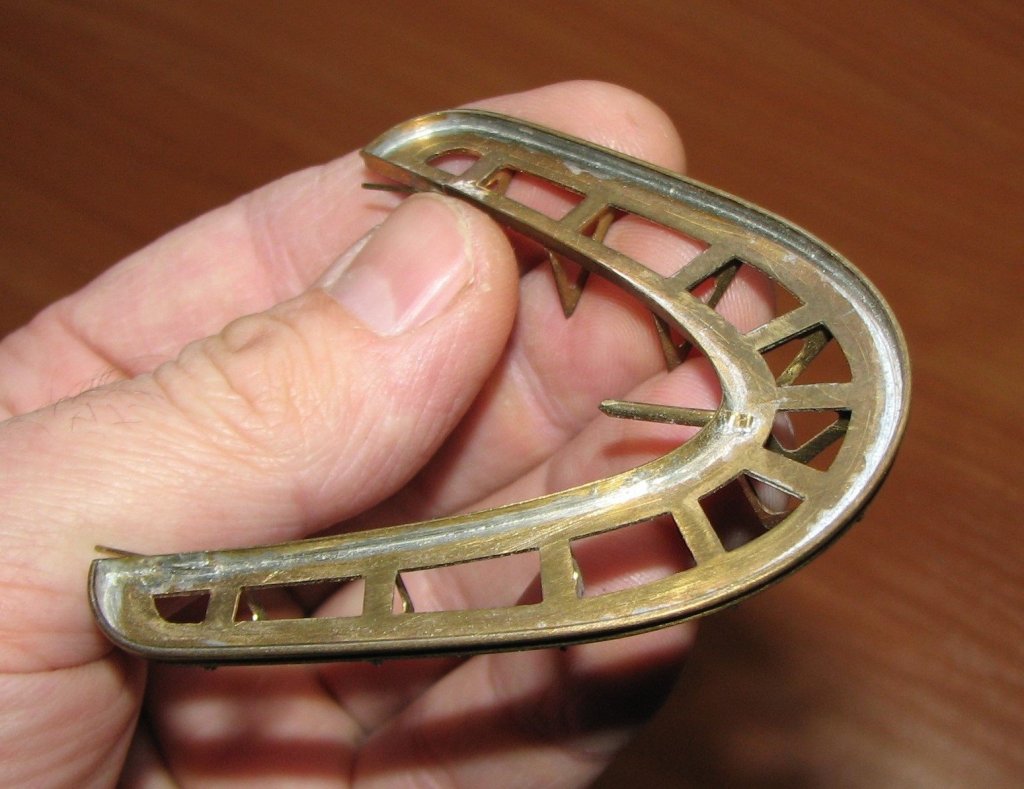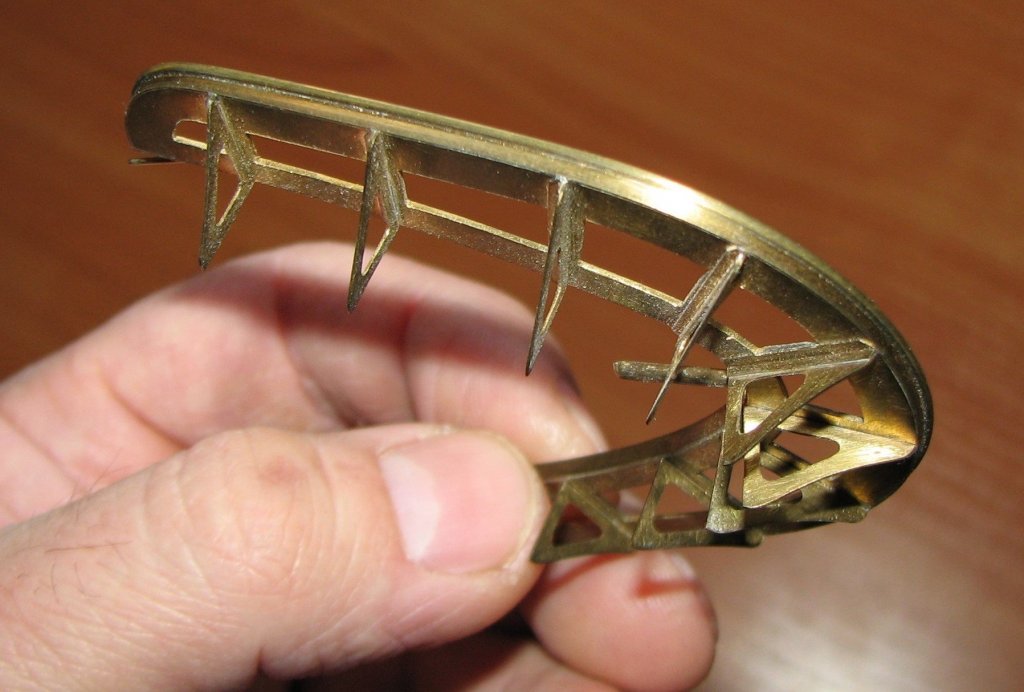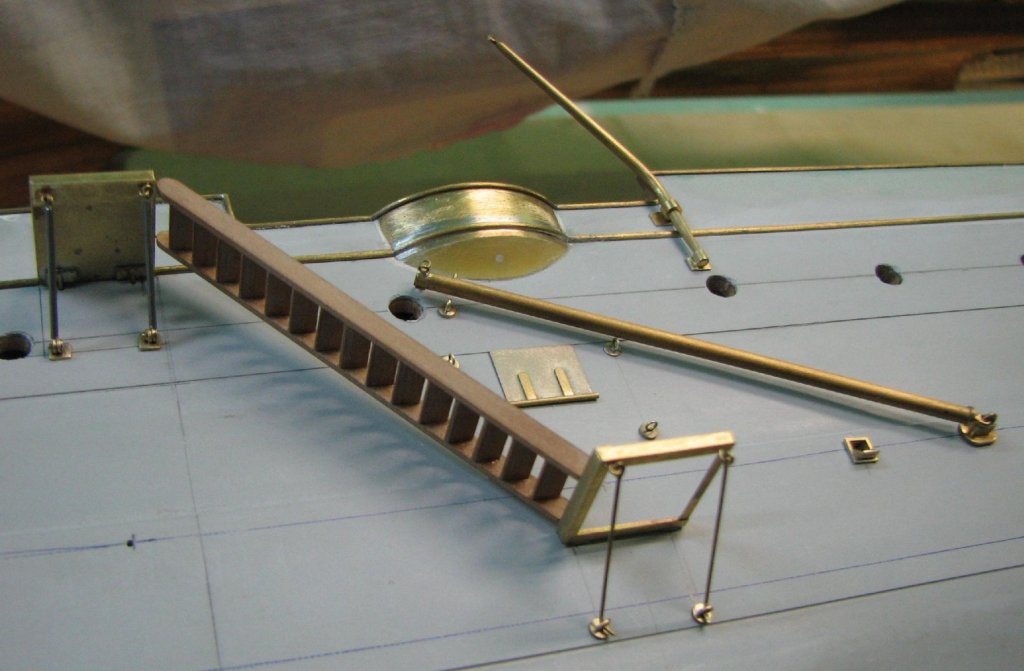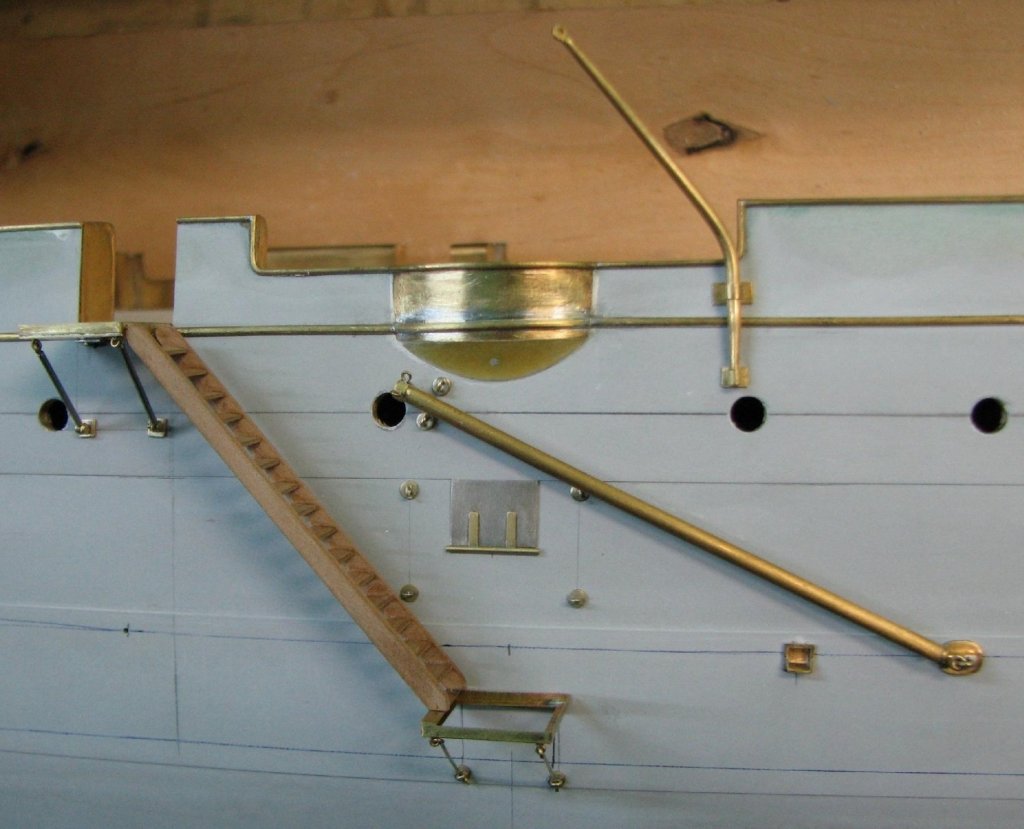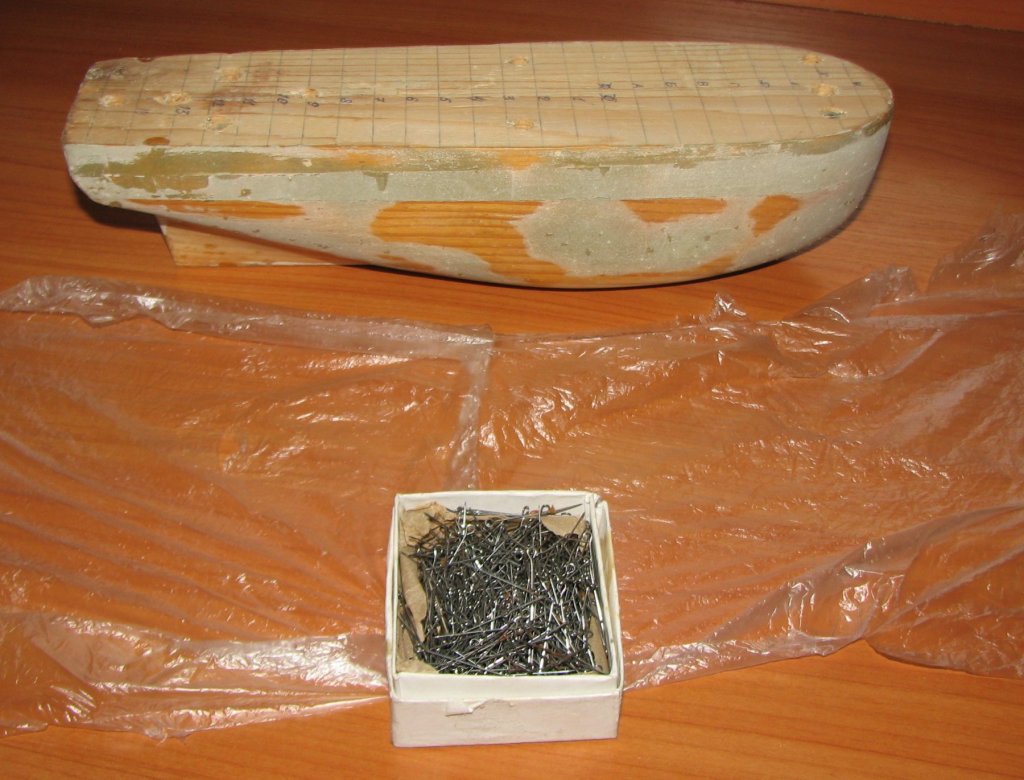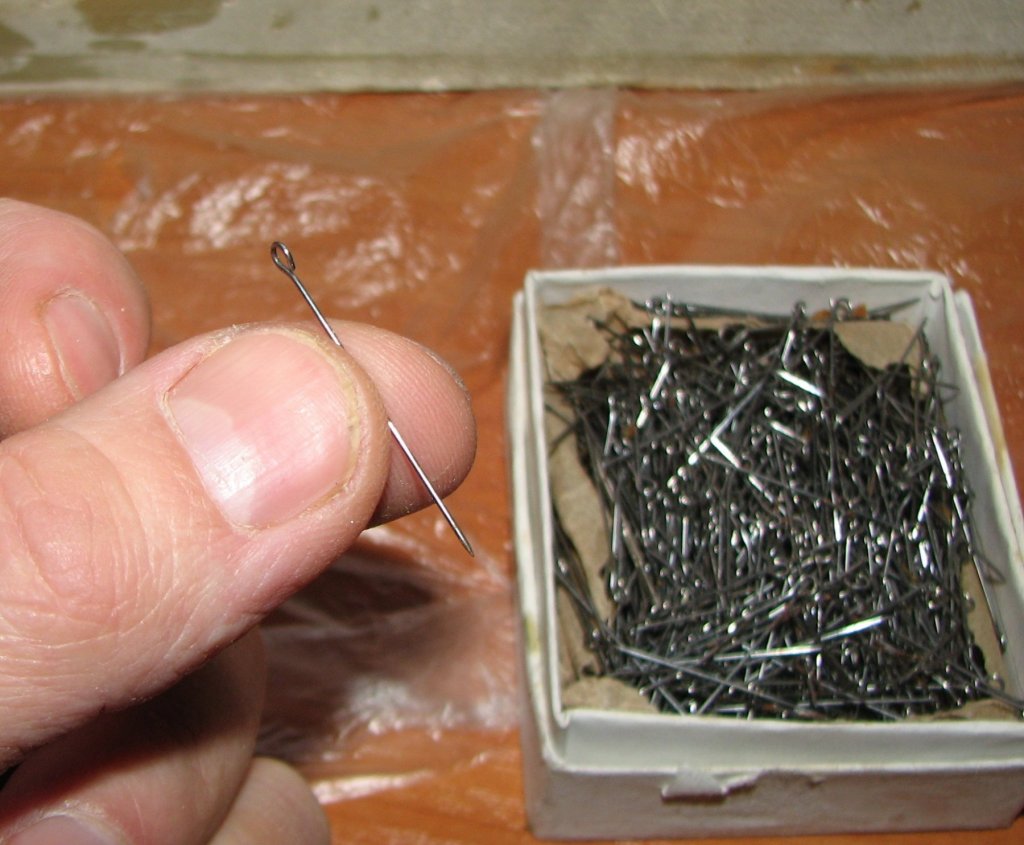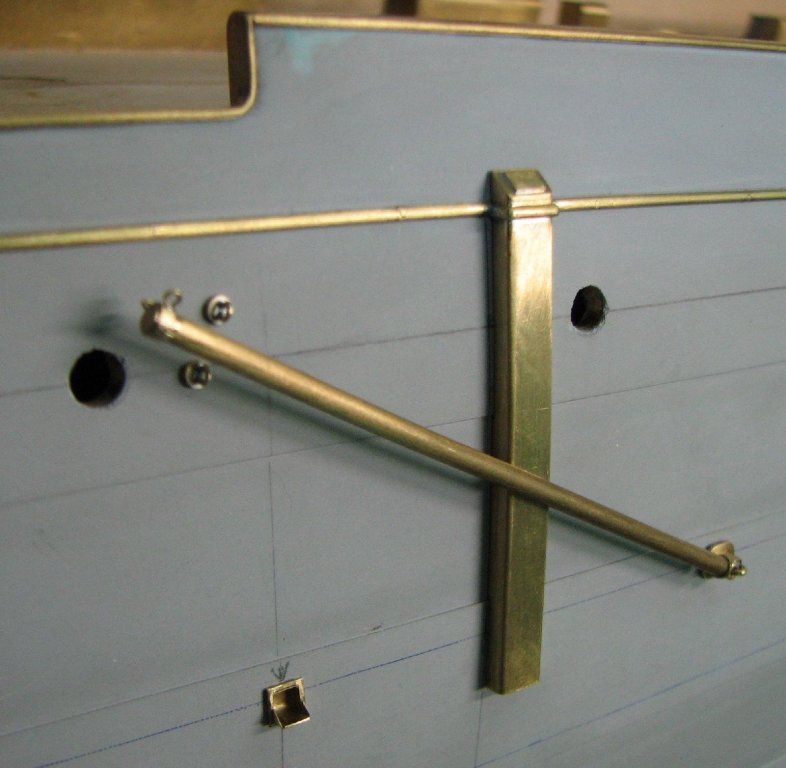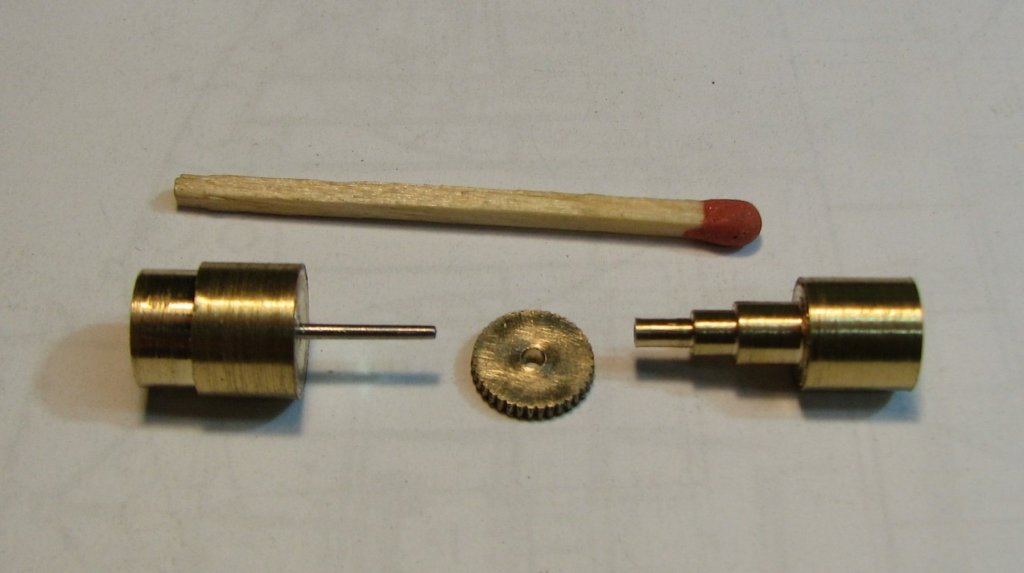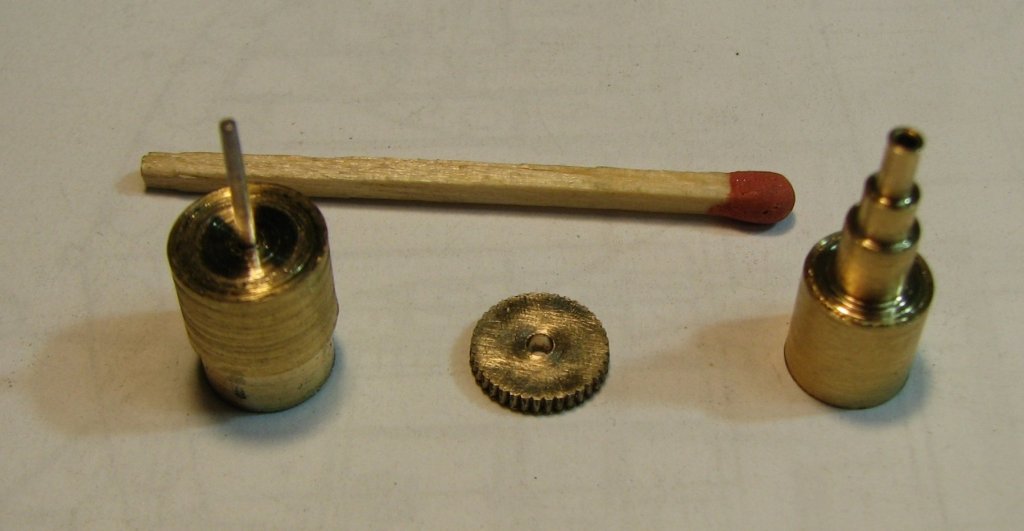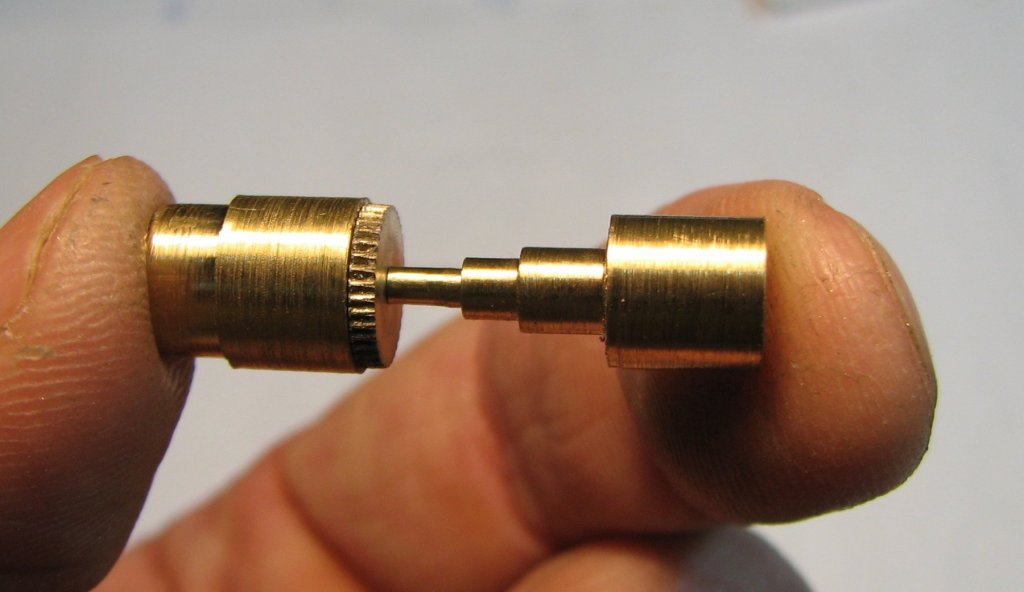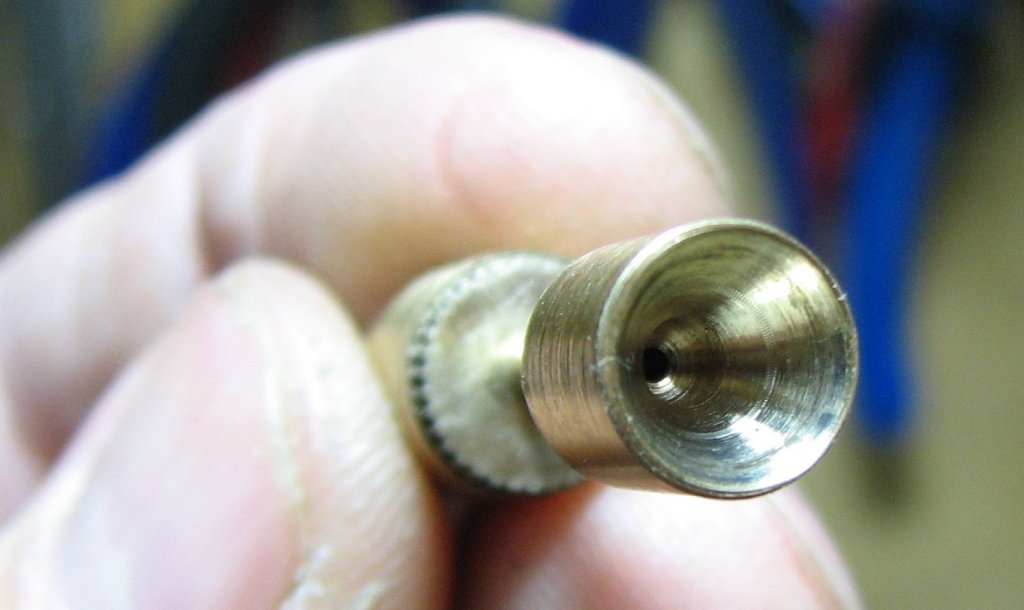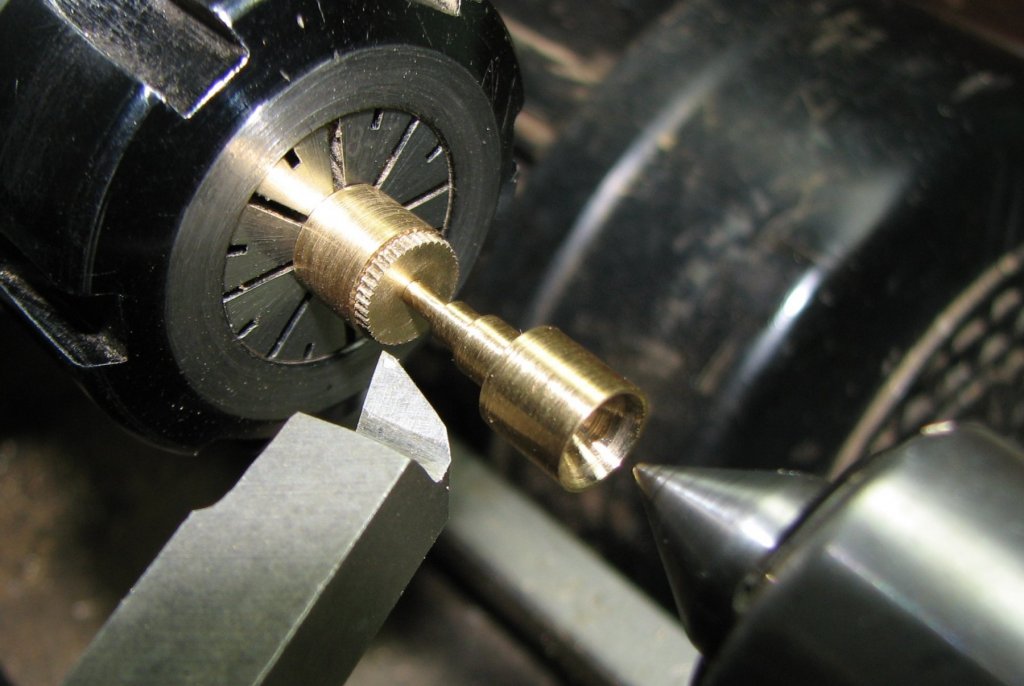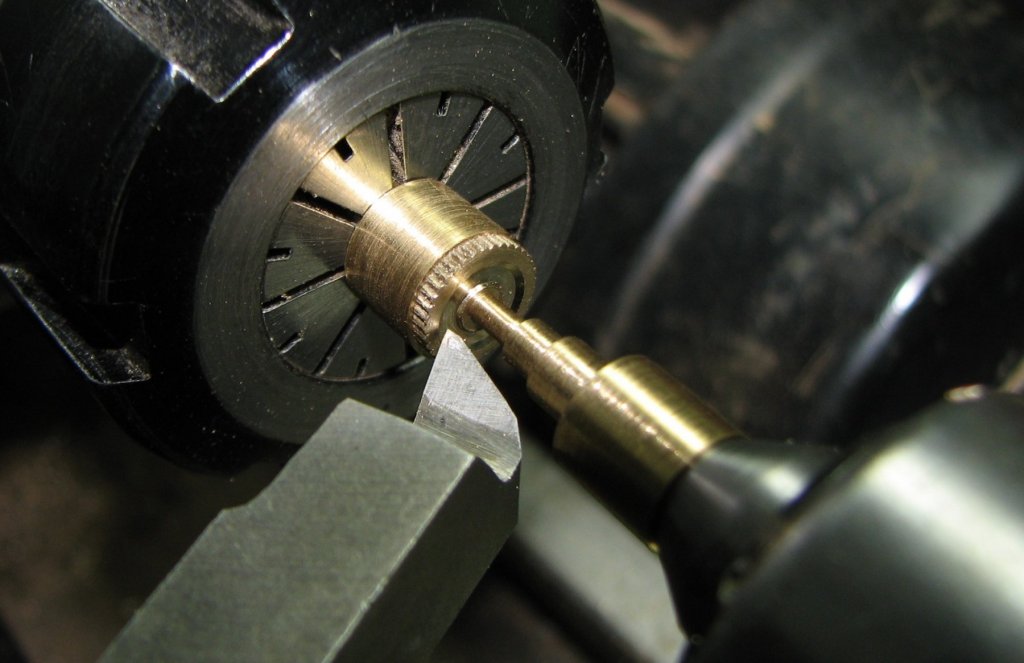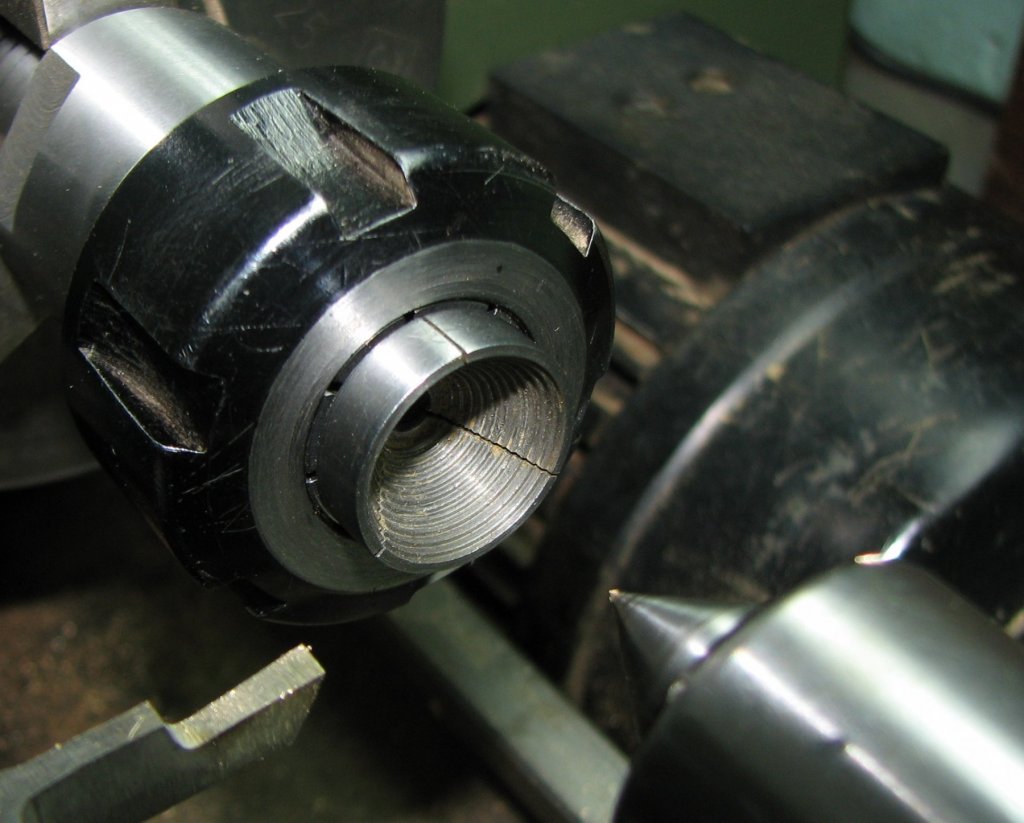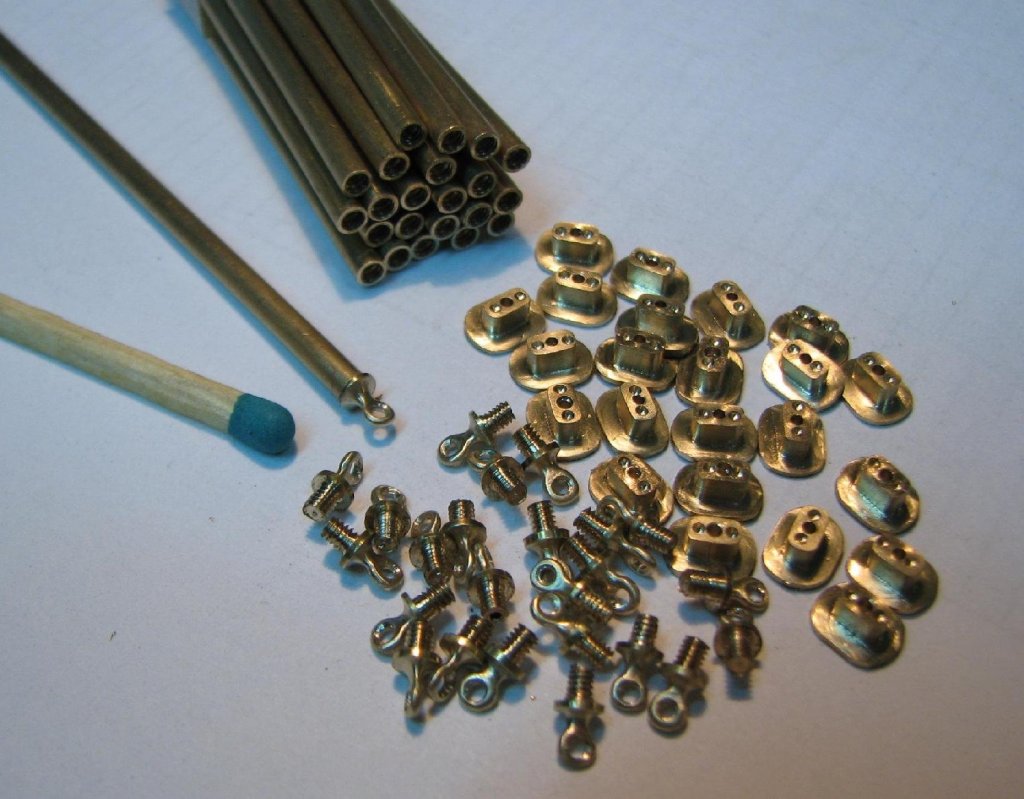-
Posts
1,112 -
Joined
-
Last visited
Content Type
Profiles
Forums
Gallery
Events
Everything posted by Valeriy V
-
Jean, as long as I did not put the wooden rusternye lattice version from Keith may well exist. But if Kate insists on the execution version, then hanging on sailyard is still preferable.
-
Yes, Eberhard is right, the problem is solved with the help of a template. First cut out of paper pattern of the inner contour. Then I scanned this template and put it on a computer in a vector program. Now it remains only to draw the part and solder it from brass.
-
Doris, thank you for your kind feedback about my work. Do not cease to admire your gorgeous model Royal Katherine !!! And I remain a fan of your talent and golden hands.!!!
-
By the way, in this film, in the role of the battleship Potemkin, completely different ships were taken.
-
Michael. Great job done! Lantern is a work of art! But the sailor in the cockpit is nothing like you.
- 2,215 replies
-
Keith, maybe you and someone else will be interested. Once I decided to collect for the experiment a wooden hull of a model without frames. I used an ordinary plastic bag as a separator. All wooden slats are glued at the joints with epoxy glue. The hull was very light and durable.
-
On the Varyag with networks it turned out even sadder. From the United States, the Varyag came only with poles. And the networks themselves appeared in Russia later, when Varyag was already flooded in Chemulpo.
-
Thank you Phil! I tried to the best of my ability during all your absence. The photo shows a trash sleeve for ash and a pole of anti-torpedo protection.
About us
Modelshipworld - Advancing Ship Modeling through Research
SSL Secured
Your security is important for us so this Website is SSL-Secured
NRG Mailing Address
Nautical Research Guild
237 South Lincoln Street
Westmont IL, 60559-1917
Model Ship World ® and the MSW logo are Registered Trademarks, and belong to the Nautical Research Guild (United States Patent and Trademark Office: No. 6,929,264 & No. 6,929,274, registered Dec. 20, 2022)
Helpful Links
About the NRG
If you enjoy building ship models that are historically accurate as well as beautiful, then The Nautical Research Guild (NRG) is just right for you.
The Guild is a non-profit educational organization whose mission is to “Advance Ship Modeling Through Research”. We provide support to our members in their efforts to raise the quality of their model ships.
The Nautical Research Guild has published our world-renowned quarterly magazine, The Nautical Research Journal, since 1955. The pages of the Journal are full of articles by accomplished ship modelers who show you how they create those exquisite details on their models, and by maritime historians who show you the correct details to build. The Journal is available in both print and digital editions. Go to the NRG web site (www.thenrg.org) to download a complimentary digital copy of the Journal. The NRG also publishes plan sets, books and compilations of back issues of the Journal and the former Ships in Scale and Model Ship Builder magazines.



